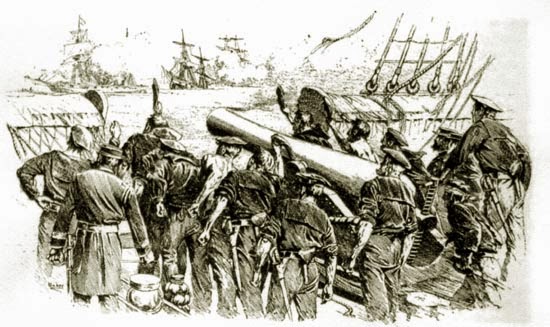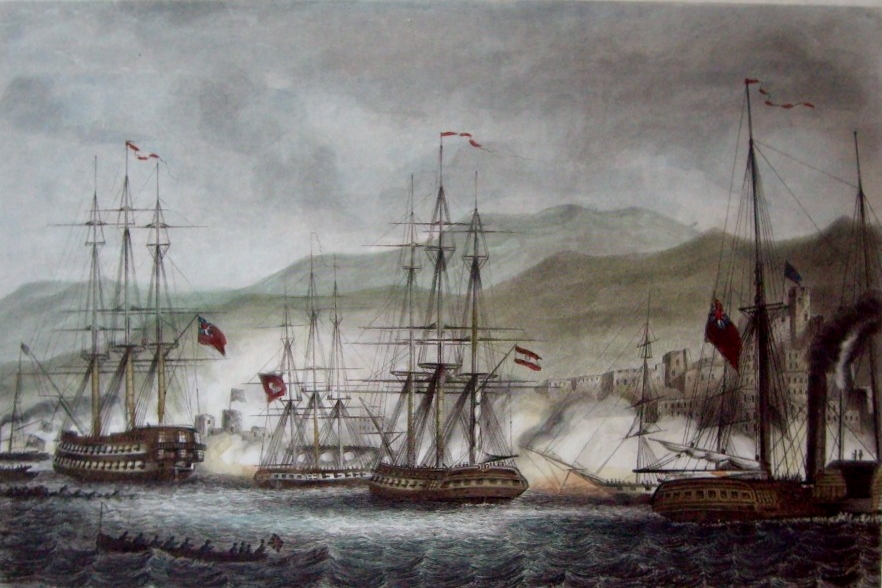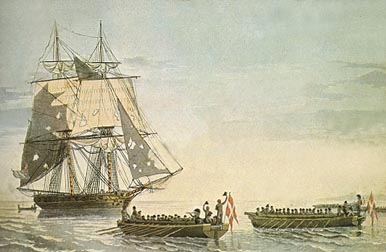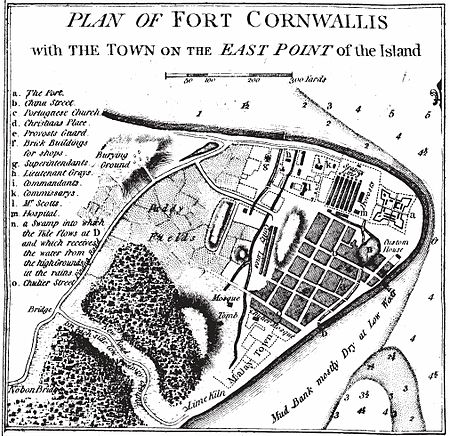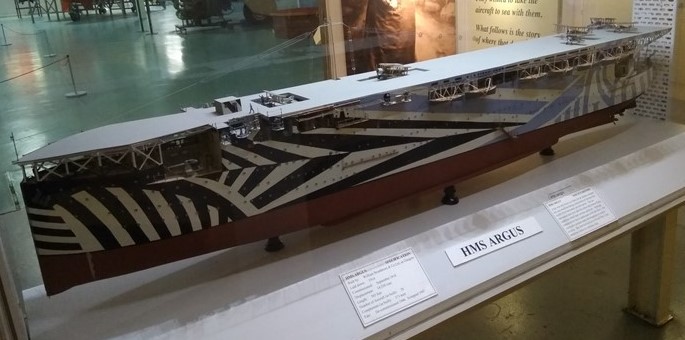First American-Japanese naval battle
The first American-Japanese naval battle, 1863 July 1863 was recognised both at the time and afterwards as the turning point of the American Civil War. The Union victory at Gettysburg in the first three days of the month, and the surrender of the Confederate fortress of Vicksburg in the 4th, ensured that the days of [...]

